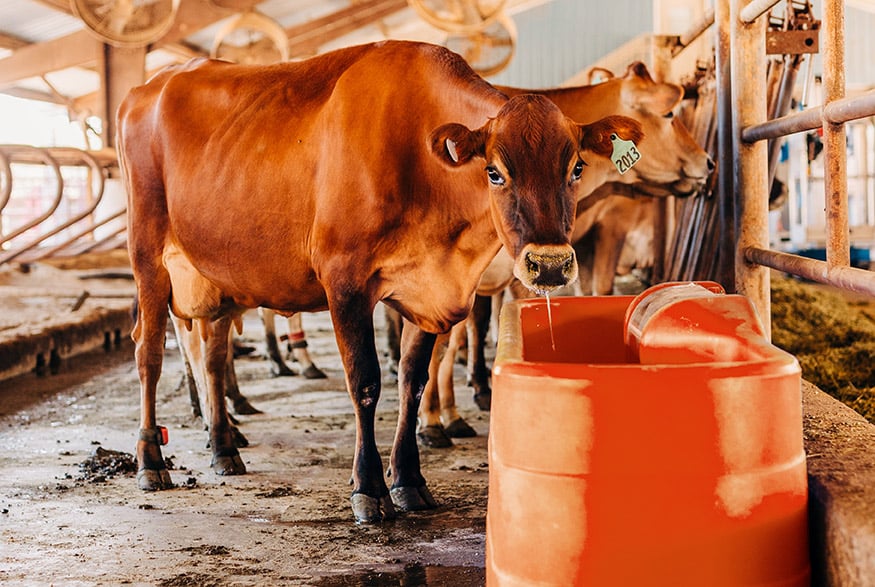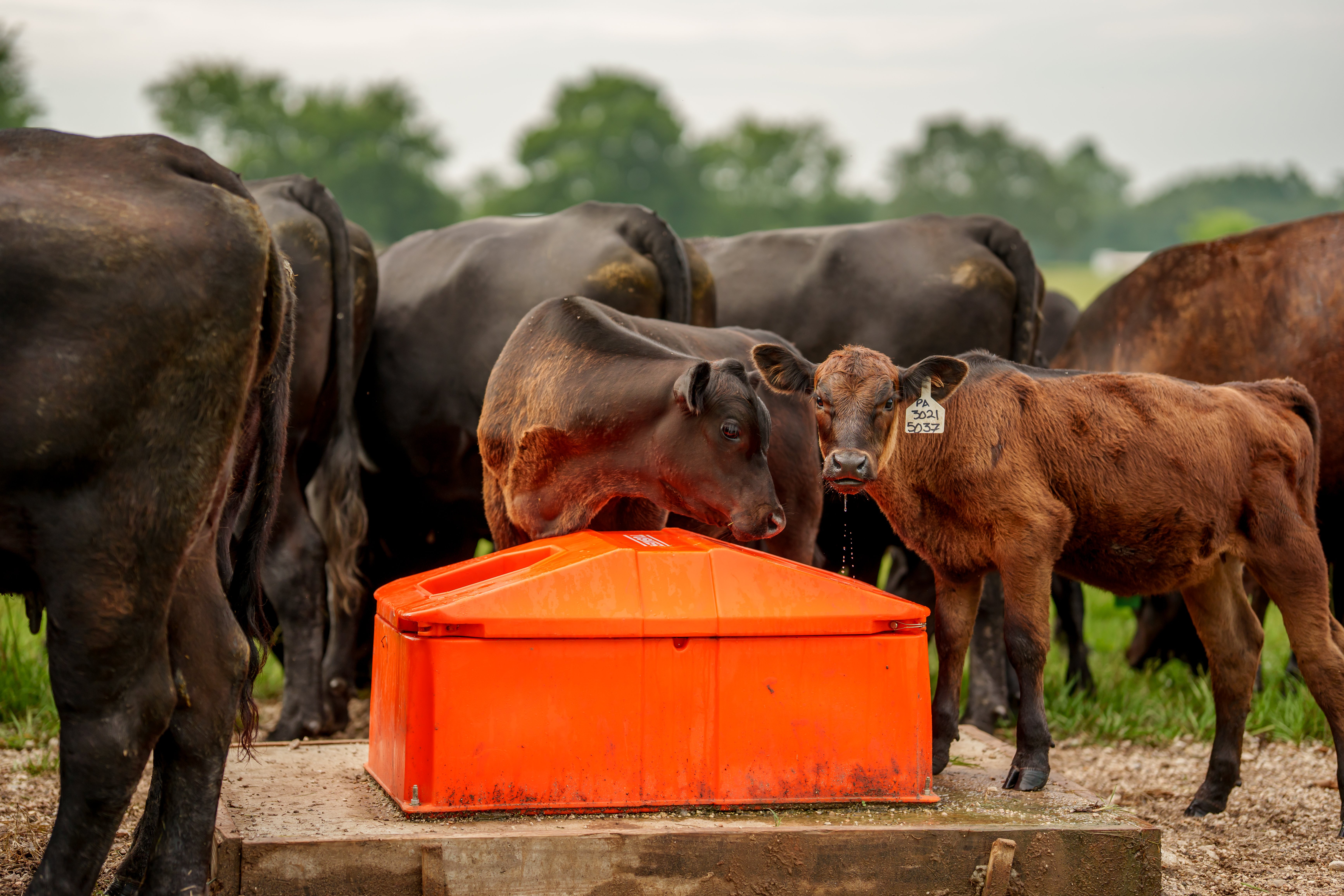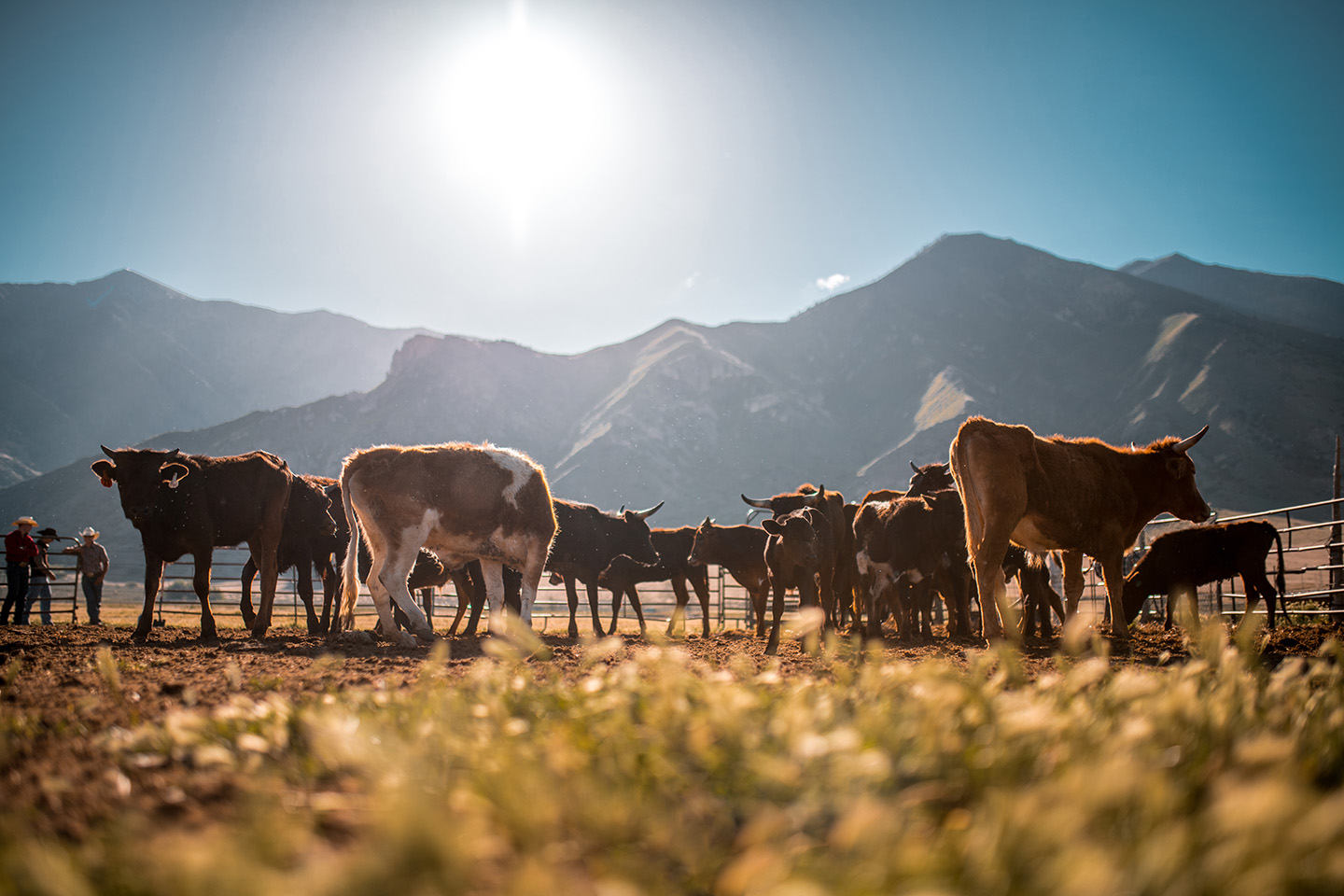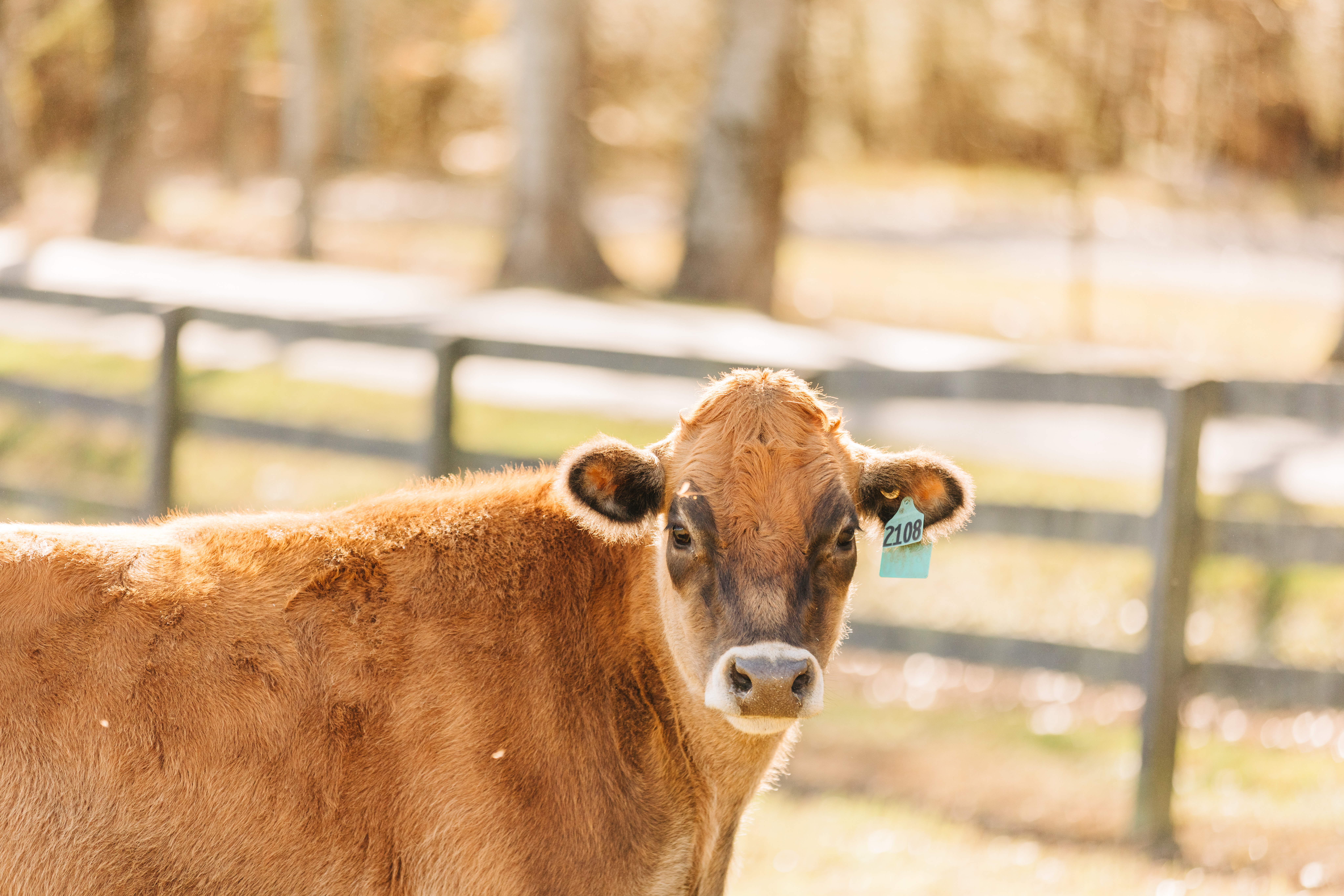Discover the key strategies for effectively managing hydration in livestock to ensure their health and well-being.
Understanding the Importance of Hydration for Livestock
Hydration is crucial for the health and well-being of livestock. Just like humans, animals need water to survive and thrive. Water is essential for various physiological functions, including digestion, nutrient absorption, temperature regulation, and waste elimination. Without proper hydration, livestock can experience a range of negative effects on their health, productivity, and overall performance.
When animals are adequately hydrated, their bodies can function optimally. Water helps maintain normal body temperature and prevents overheating, especially in hot weather conditions. It also aids in the transportation of nutrients and oxygen throughout the body, ensuring that all organs and tissues receive the necessary resources for growth and maintenance.
In addition to physical benefits, hydration also plays a role in the mental well-being of livestock. Animals that are well-hydrated are generally more alert, active, and responsive. On the other hand, dehydration can lead to lethargy, decreased appetite, and poor cognitive function.
Understanding the importance of hydration for livestock farming is the first step toward implementing effective hydration management practices. By prioritizing hydration, farmers can ensure the health and welfare of their animals while maximizing their productivity and overall performance.
Common Signs of Dehydration in Livestock
Recognizing the signs of dehydration in livestock is crucial for prompt intervention and prevention of health issues. While the symptoms may vary depending on the species and individual animals, there are some common signs of dehydration to look out for.
- Excessive Thirst: One of the most noticeable signs is excessive thirst. Dehydrated animals may constantly seek out water sources and drink large amounts when available.
- Reduced Urine Output: A common symptom is reduced urine output or concentrated urine, indicating that the body is conserving water.
- Change in Visual Appearance: Dry and sticky gums, sunken eyes, and loss of skin elasticity are also indicators of dehydration. Animals may appear weak, lethargic, and have reduced appetite. In severe cases, dehydration can lead to weight loss, decreased milk production, and even death if left untreated.
Farmers and livestock caretakers should regularly monitor their animals for these signs of dehydration and take immediate action to restore hydration levels. Providing clean and accessible water sources is essential to prevent dehydration and ensure the well-being of livestock.
Effective Hydration Management Practices
Implementing effective hydration management practices is vital for maintaining the health and performance of livestock. Here are some key strategies to optimize hydration in animals:
- Ensure access to clean and fresh water at all times: Livestock should have access to clean water sources that are free from contaminants. Regularly check and clean water troughs or containers to prevent the growth of harmful bacteria.
- Monitor water intake: Keep track of the amount of water consumed by individual animals or groups. Sudden changes in water intake can indicate potential health issues or changes in environmental conditions.
- Provide shade and shelter: In hot weather, animals should have access to shaded areas or shelters to protect them from direct sunlight and reduce heat stress. Heat can cause increased water loss through sweating and panting.
- Consider electrolyte supplementation: During periods of high heat or intense physical activity, electrolyte supplements can help replenish essential minerals lost through sweating. Consult with a veterinarian for appropriate supplementation protocols.
- Train animals to use automatic waterers: Automatic livestock waterers can be beneficial in ensuring a constant supply of fresh water. Proper training and introduction to these systems can encourage animals to drink regularly.
- Adjust water sources based on animal age and size: Different livestock species and age groups have varying water requirements. Ensure that water sources are suitable and accessible for all animals on the farm.
By implementing these effective hydration management practices, farmers can promote the well-being and productivity of their livestock, leading to better overall performance and profitability.
How Automatic Livestock Waterers Assist in Hydration
Livestock water tanks are valuable tools in ensuring consistent access to water for animals. These devices have several advantages that assist in hydration management:
- Continuous water supply: Automatic waterers provide a constant supply of fresh water, ensuring that animals have access to hydration at all times. This is particularly beneficial for livestock that are pastured or kept in outdoor environments.
- Reduced contamination risk: Traditional water troughs can become easily contaminated with dirt, debris, and fecal matter, leading to the growth of harmful bacteria. Livestock waterers often have built-in features that minimize the risk of contamination, providing cleaner water for the animals.
- Time and labor savings: Manual water filling and cleaning of troughs can be time-consuming and labor-intensive. Automatic waterers eliminate the need for frequent refilling and cleaning, allowing farmers to allocate their time and resources more efficiently.
- Promotes natural drinking behavior: Livestock are more likely to drink from automatic waterers as they mimic natural water sources, such as streams or ponds. Animals can drink comfortably and at their own pace, reducing stress and promoting healthy hydration habits.
By incorporating automatic livestock waterers into hydration management practices, farmers can simplify the process of providing water to their animals while ensuring consistent access to clean and fresh hydration.
Nutritional Considerations for Optimal Livestock Hydration
In addition to water availability, proper nutrition is essential for optimal livestock hydration. Certain dietary considerations can contribute to maintaining adequate hydration levels in animals:
- Balanced electrolyte levels: Electrolytes, such as sodium, potassium, and chloride, play a vital role in water balance within the body. Including electrolyte-rich feeds or mineral supplements in the diet can help replenish these essential minerals and support hydration.
- High-quality forage and roughage: Forages and roughages have a higher water content compared to concentrates or grains. Including a sufficient amount of high-quality forage in the diet can contribute to increased water intake and hydration.
- Salt intake regulation: Sodium is an important electrolyte for maintaining water balance. However, excessive salt intake can lead to increased water consumption and potential dehydration. It is crucial to provide salt in appropriate amounts and monitor intake.
- Adequate energy levels: Energy requirements vary depending on the species, age, and production stage of livestock. Providing sufficient energy through balanced diets ensures that animals have the necessary resources for physiological functions, including water metabolism.
- Consult with a nutritionist: Developing a well-balanced diet that meets the specific needs of the livestock requires expertise. Consulting with a professional nutritionist can help farmers create nutritionally optimized diets that support hydration and overall animal health.
By considering these nutritional factors, farmers can enhance hydration management efforts and promote the well-being of their livestock. Proper nutrition coupled with access to clean water is crucial for maintaining optimal hydration levels in animals.





